One of the top Basque recipes people search for is Basque beans. We have all tasted a superb bowl of beans when visiting a good Basque restaurant.
It is not very hard to cook dried beans and in fact, beans may be one of the healthiest and cheapest dishes to make. Most types of beans include plenty of magnesium, an important mineral that is not found in many foods. Beans also have a fair amount of protein and often served as a main course when meat was scarce. They also have a low glycemic index. Beans are usually very inexpensive when cooked from scratch.
The only issue with cooking dried beans is that it is time-consuming, so you must plan to cook your beans. The easiest way to make beans is to soak them overnight. Put them in a pot with plenty of water (at least 2 inches or more above the dried beans). In the morning (or after several hours of soaking), drain and rinse them and put in a pot of fresh water. I like to cook them in a slow cooker. That way, when I come home from work, they are already cooked and ready for the seasoning.
See our Basque Bean Recipe below.
Beans in the Basque Country
Many Basque dishes include dried beans (babarrunak). On the Spanish side, you will hear them called alubias, on the French side, haricot. The beans more traditionally used are kidney beans, red beans, or pinto beans.
According to Jose Maria Busca Isusi, author of Traditional Basque Cooking: History and Preparation, white beans were not highly regarded in the Basque Country. Bizkaian and Gipuzkoan farmers thought they were not very nutritious and thus, did not grow them. This comment may have reflected a view from many years ago, because I see plenty of white beans eaten today.
The beans from the town of Tolosa (Tolosako Babarrunak) in Gipuzkoa are famous. This is a small dark bean that has been sold in the market of Tolosa since the 12th century The Tolosa bean started to disappear, because of the influx of cheap beans from other regions, but a local organization has mounted a campaign to renew the local bean.
We have several more Basque bean recipes below.
Basque Beans
Ingredients
2 lbs. bag of dry pinto beans
1/2 onion
5 cloves of garlic
1/2 tbsp. salt
Soaking the beans
Put the beans in a pot and cover with plenty of water for several hours. If I’m going to cook the beans throughout the day in a crock pot, I’ll soak the beans overnight. If I’m going to cook on the stove before dinner, I’d put them to soak in the morning. After soaking, throw that water out and cover with fresh water.
Instructions
Fill the pot with water to about one inch over the soaked beans. Cook a few minutes with the top on until water is boiling. Meanwhile, dice the onion and garlic and saute until transparent. When the beans are boiling, stir in the onion and garlic. Turn the flame on low and keep the top on. It takes about 1 1/2 hours for pinto beans. When they are soft to the bite, they’re done. Add salt to taste. My family’s favorite is to serve it on a bed of fresh white rice.
MORE OPTIONS:
Tomato sauce: Many Basque restaurants add tomato sauce to their beans. For this recipe, add an 8 oz. can of tomato sauce just a few minutes before serving and stir in.
Salt pork: Cut two slices of salt pork (or bacon) into eight pieces. Fry until crunchy. Throw into the pot towards the beginning of the cooking, to add more flavor.
Chorizo: Cut your chorizo into several thin pieces. Fry until crunchy. Throw into the pot towards the beginning of the cooking, to add more flavor.
Salsa Criolla (Peruvian)
My mother was Peruvian and this is a salsa we always used on our beans. Whenever friends come over and I serve them this sauce, they rave about it. So I am including this simple salsa here.
Ingredients
1/2 onion (the other half of the onion you used in the beans)
salt
1 1/2 tbsp. lemon juice
1 1/2 tbsp. any vegetable oil
Cut the onion into long, thin slices, from top to root. Spread the onions in a colander and shake plenty of salt (about a tablespoon) all over the onions. Let sit for 15 minutes. This takes the bite out of the onions. Rinse off the salt with water. Put the onions in a bowl, add the lemon juice and oil and mix well. Taste for salt and add just a dash if desired. If you have time, place in the refrigerator for 15-20 minutes before serving.
RELATED EUSKAL KAZETA ARTICLES
Gateau Basque
Favorite Basque Recipes
Porrusalda and other Basque soups
Ancient Salt Production in the Basque Country
Tortilla de Patatas (Potato Omelette)
More Bean Recipes
Beans recipe from Louis’ Basque Corner in Reno, Nev.
Louis has sold his restaurant since this author wrote the article, but the current owners have kept the same restaurant menu.
Basque beans by Isusi and Sunset Magazine
These two recipes were published in a Spokesman Review Spokane Chronicle newspaper article dating from 1988, but come from reliable sources: Basque cookbook author Jose Maria Busca Isusi and Sunset magazine.
Beans recipe from Woolgrowers Restaurant in Bakersfield
This is owner Mayie Maitia’s actual recipe from the restaurant’s website. The key ingredient is tomato sauce.
Tolosa Black Beans with Chorizo from About.com
This recipe gives a bit of history about how Tolosa gained fame for its beans.
We’d be happy to post any comments from anyone who tries one of these recipes.
From a Basque chef in England, Imanol Galfarsoro
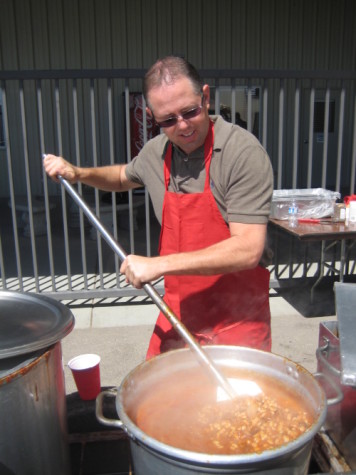

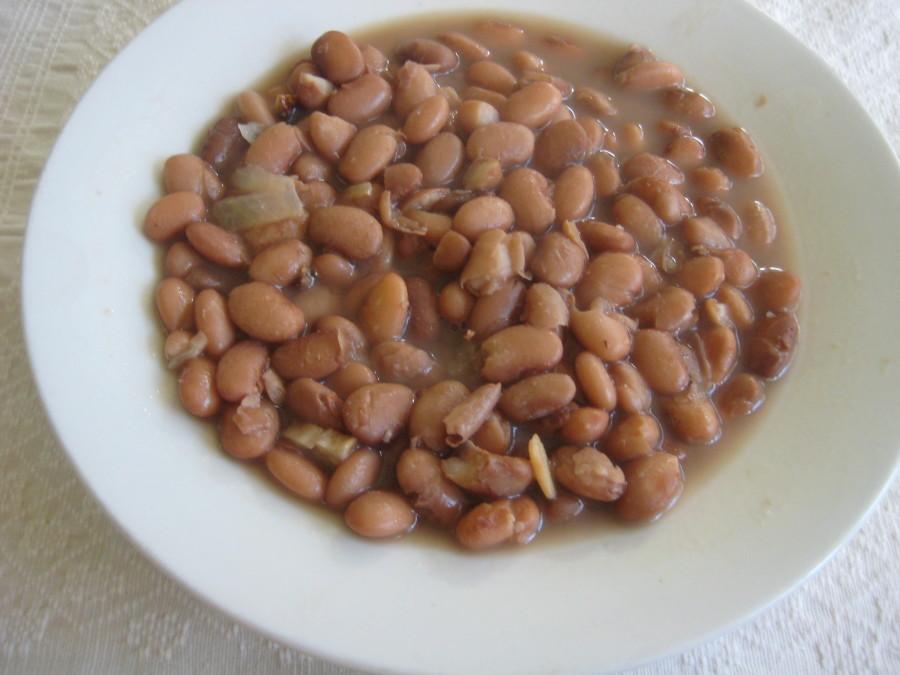


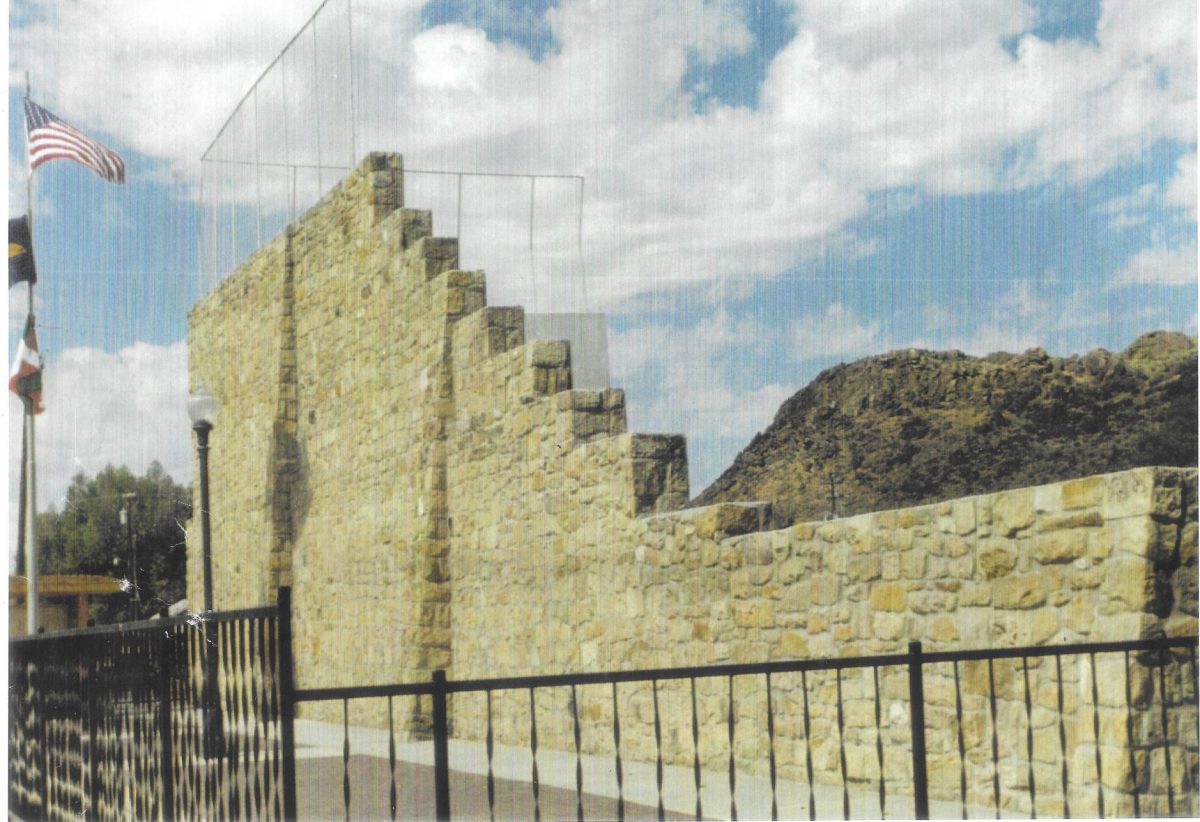


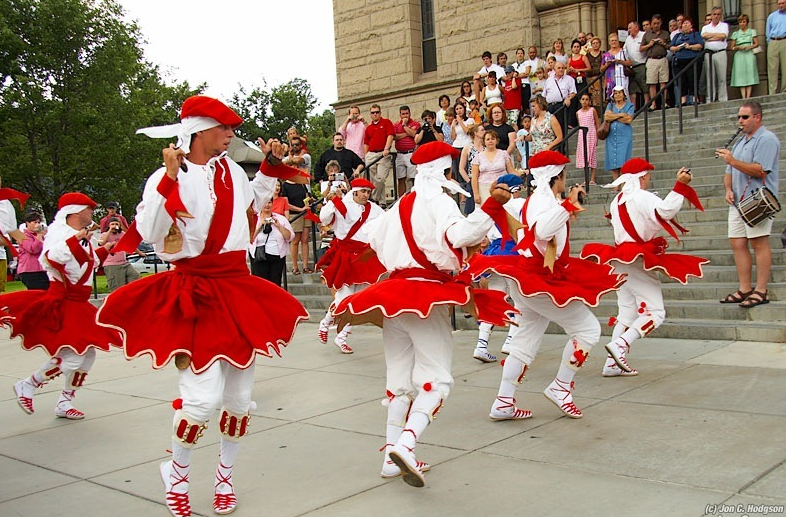

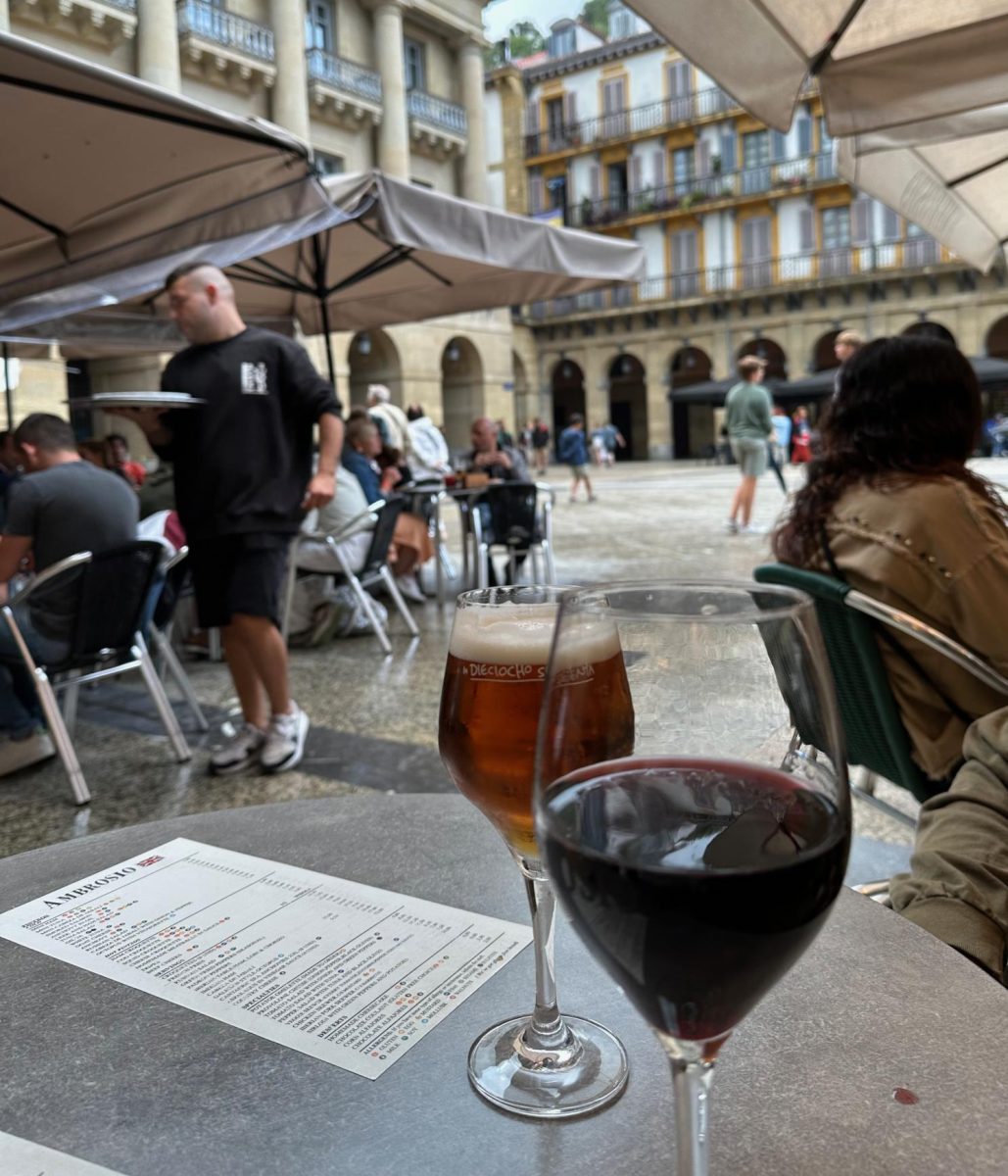



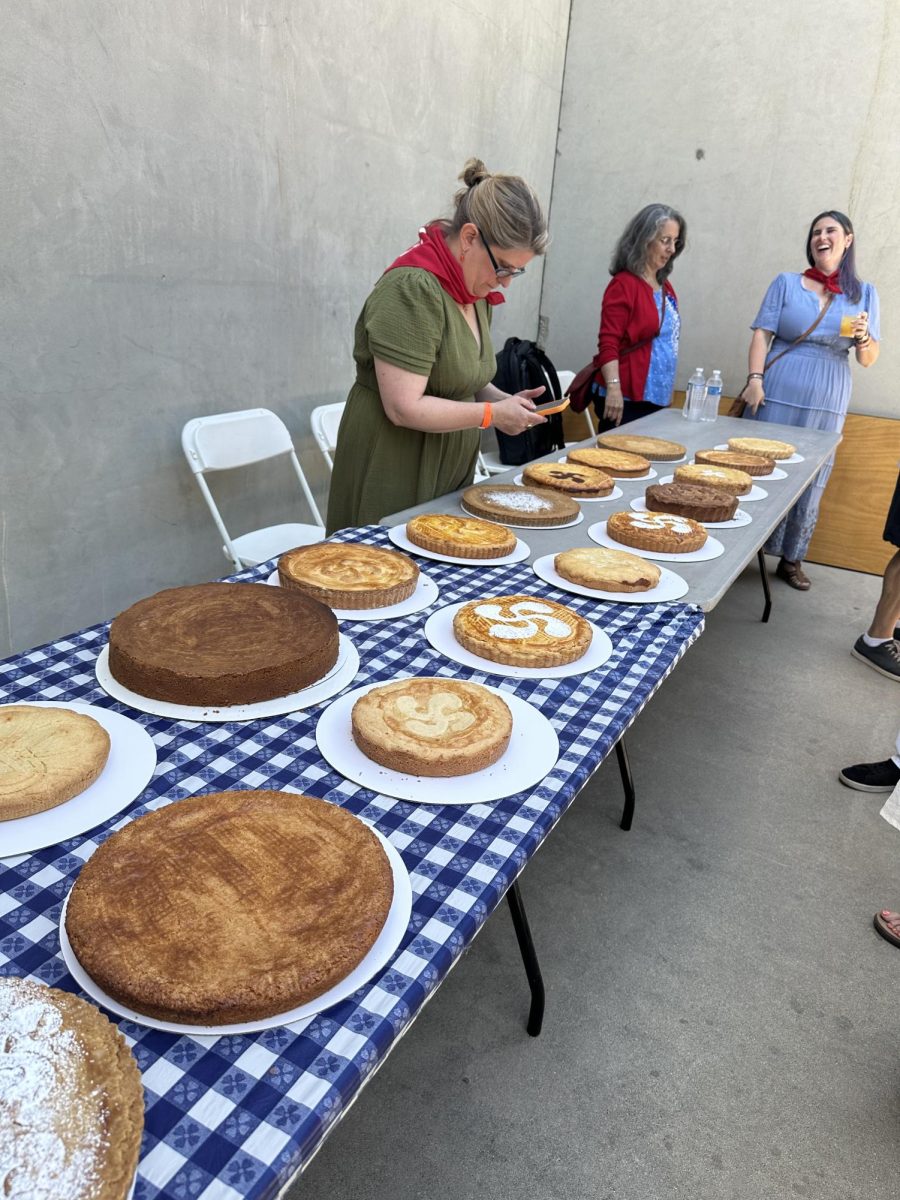
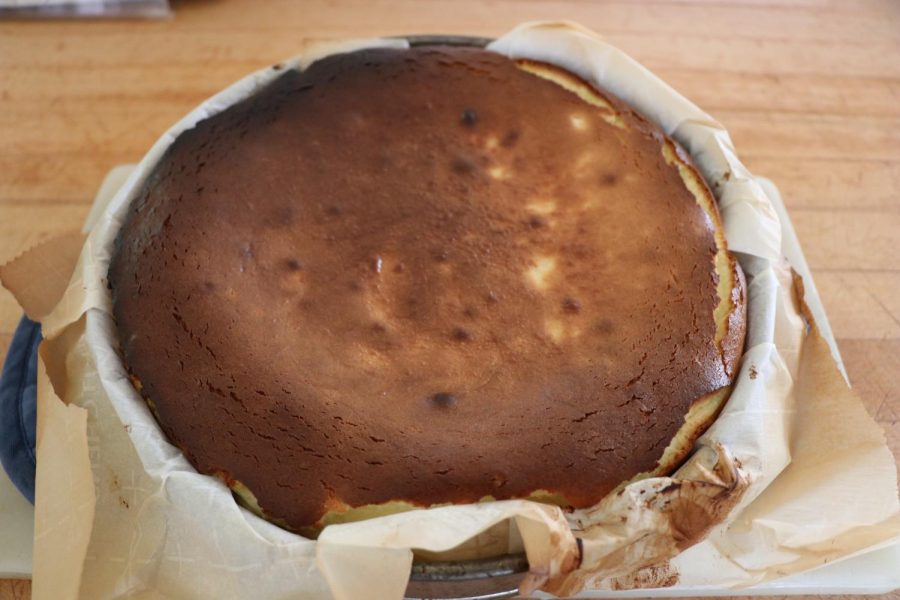
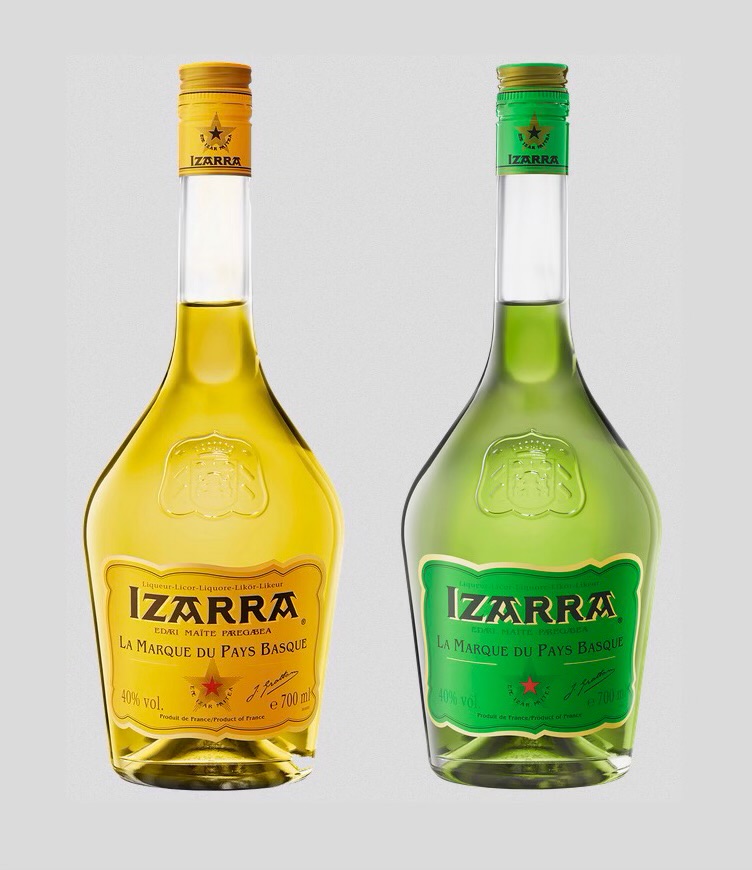
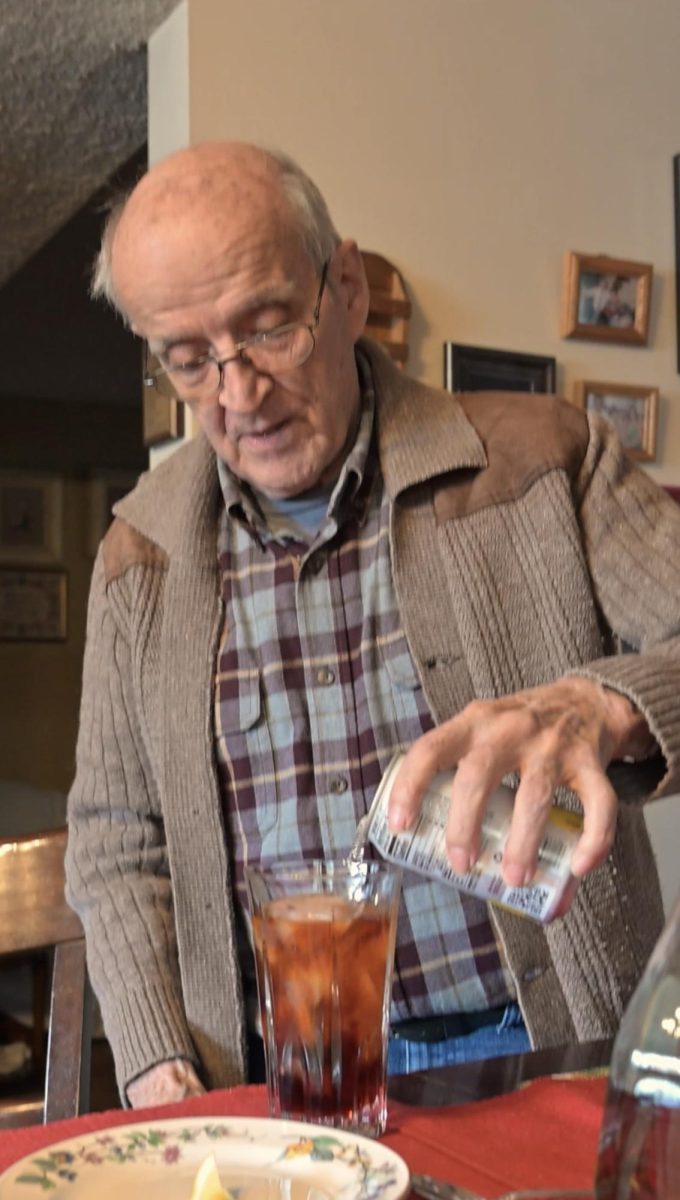
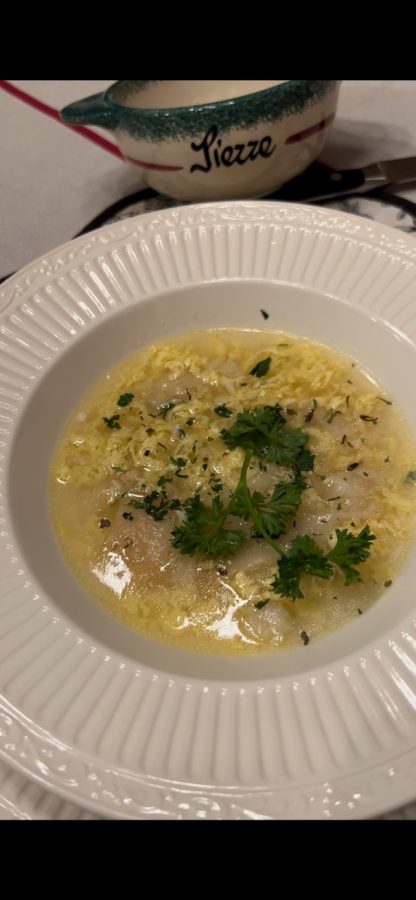
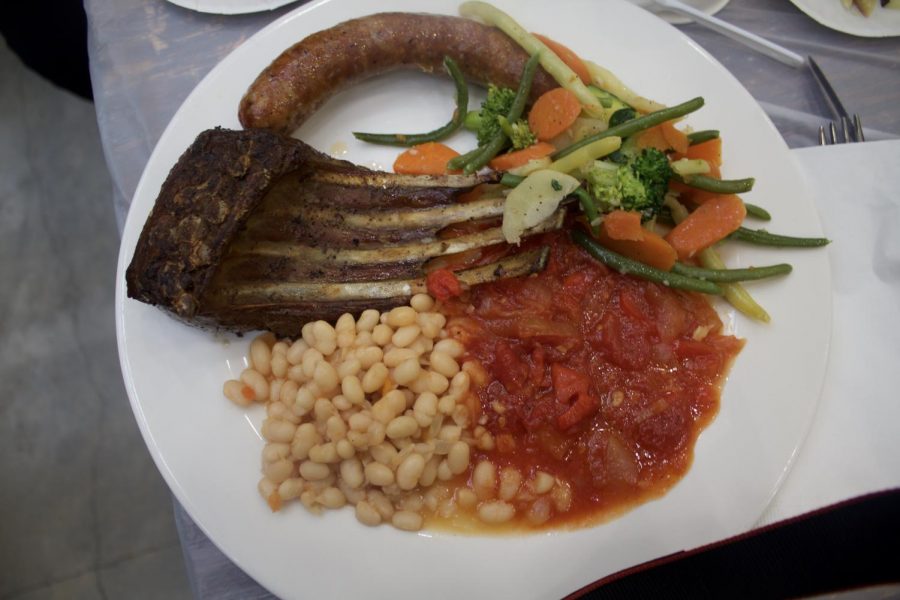
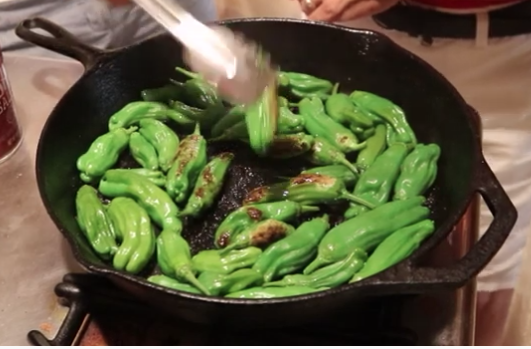
Xabier • Jul 6, 2015 at 12:27 am
Basque Country, Tolosa black beans. http://www.alubiasdetolosa.com, recipe. Euskal Herria – Pais vasco. Alubias de Tolosa, Tolosako Babarruna. Receta.
http://www.alubiasdetolosa.com
imanol • Jun 17, 2014 at 1:21 pm
From England. Here is a link to a clip called “Beans, pork & cabbage (the Basque stew par excellence)” Izan ontsa.
Nancy Zubiri • Jun 17, 2014 at 11:12 pm
Thanks for the recipe. I’m going to include the video in our post above.
The Editors
Imanol • Jun 19, 2014 at 2:53 am
You’re welcome.